A Summary of Japanese Customs and Talismans at Temples and Shrines

If you plan to visit temples and shrines in Japan, it is good to know some basic information about the customs and etiquette. This article summarizes all you need to know when visiting sacred sites in Japan.
The Difference Between Shrines and Temples

Photo by PIXTA
Put simply, temples are home to two different religions: Buddhism and Shintoism. Since these religions are different, the visiting manners observed at temples or shrines are also different.
How to Pray at a Shrine
Below is the proper etiquette to follow when praying at a shrine.
1. Wash Your Hands at the Chozuya Washing Basin

Photo by PIXTA
Wash your hands and rinse your mouth at the chozuya (washing basin).
2. Ring the Bell at the Main Shrine

Photo by PIXTA
There is a large bell with a long rope at the main shrine. Swing the rope firmly and ring the bell.
3. Make a Monetary Offering

Photo by PIXTA
Some people make a monetary offering by throwing money into the osaisen (offering box). However, the proper way is to quietly drop the offering.
4. Two Bows, Two Claps
Bow twice and clap your hands twice when making a prayer.
5. Say a Prayer

Photo by PIXTA
Place your hands together, but don't interlace your fingers. One hand should be placed slightly in front of the other.
6. Make a Final Bow
Take a final bow. The fourth, fifth, and sixth step may be different at each shrine. If you want to do it properly, ask the shrine staff for assistance.
How to Pray at a Temple
The following is the proper etiquette to follow when praying at a temple. The biggest difference when praying at a shrine is that you don't clap your hands at a temple.
1. Wash Your Hands at the Chozuya Washing Basin

Photo by PIXTA
This step is the same at a shrine. If there is a chozuya (washing basin), please wash your hands.
2. Bathe in the Incense Smoke
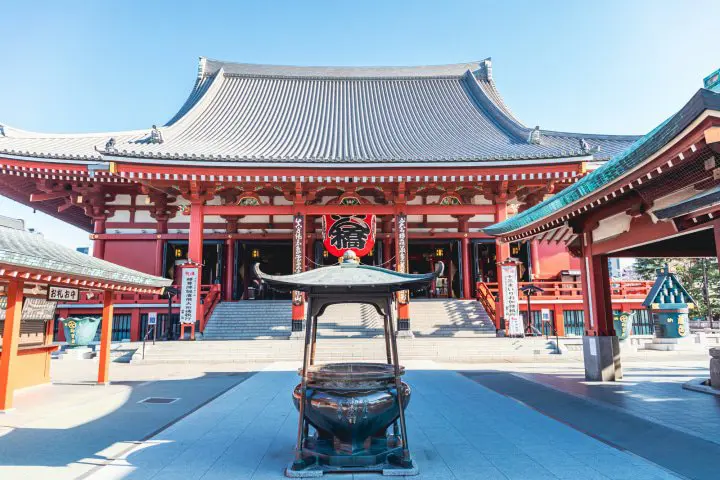
Photo by PIXTA
If there is an incense burner, bathe in the incense smoke. This is a way to purify your body. A temple incense burner is shown in the photograph above.
3. Throw Your Monetary Offering and Pray

As stated above, do not clap your hands like at a shrine. Hold your hands together and bow.
4. Bow Once, and Step Back from the Main Temple Hall

Photo by PIXTA
After saying your prayer, make a slight bow, and step back from the main temple hall.
Check Out the Fortune-Telling Corner

Photo by PIXTA
Many living in Japan love drawing an omikuji (fortune-telling slip) at shrines or temples to test their luck.
Don't worry if the result isn't good. It only costs 100 to 200 yen, so just draw one and have fun.
Chinese Zodiac Charms Sold at Shrines
Similar to astrological constellations assigned for each month, there are 12 animals assigned for each year in Japan called eto (Chinese zodiac).
This is why people in Japan say things like, "This is the year of the rabbit."
You'll find an omamori (charm or amulet) with a design featuring the year's animal at shrines. If the animal of your birth year is being sold, it will make a nice souvenir of your trip.
If you want to know the animal of your birth year, take a look at this English Wikipedia page.
What is an Omamori Charm?

Photo by PIXTA
An omamori (charm/amulet) is an item to ensure good fortune sold at shrines and temples. Each omamori has its own power, such as protecting its owner or inviting good fortune. It all depends on what amulet you choose!
Ema Prayer Plaque: Make a Wish Come True

Photo by PIXTA
An ema is a wooden prayer plaque dedicated to a shrine or temple as an offering in exchange for granting one's wish. Nowadays, it is used to send wishes to deities. If you want to learn more, read the article Ema And Goriyaku - Japanese Encyclopedia.
Goshuin: Stamp Seals from Shrines and Temples

A goshuin is a stamp seal that proves someone visited a shrine or temple. If you plan on doing shrine or temple-hopping, collecting these beautiful seals will be fun.
How to Properly Visit a Grave

Photo by PIXTA
There is often a graveyard inside the temple grounds. If you're going to visit someone's grave, please observe the proper manners.
In Conclusion
While it may seem like there are many rules, even Japanese people don't know every etiquette at shrines and temples. Don't worry too much, and enjoy visiting various Japanese shrines and temples on your trip!
A Japanese teacher, calligrapher, singer in my room!




























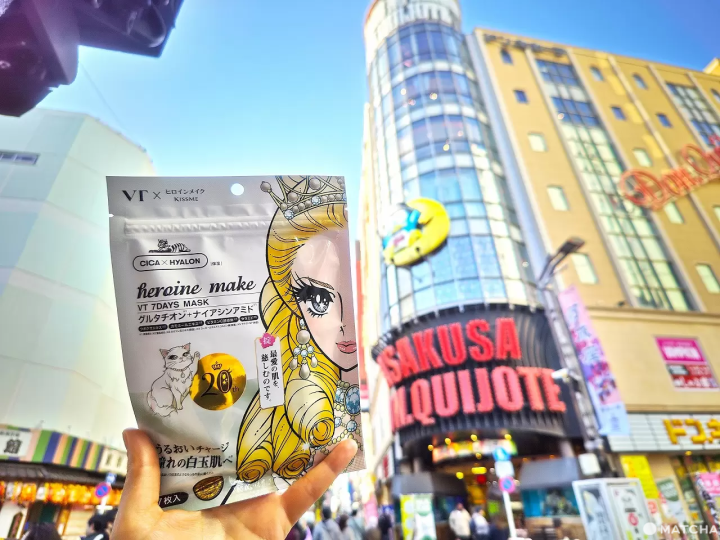
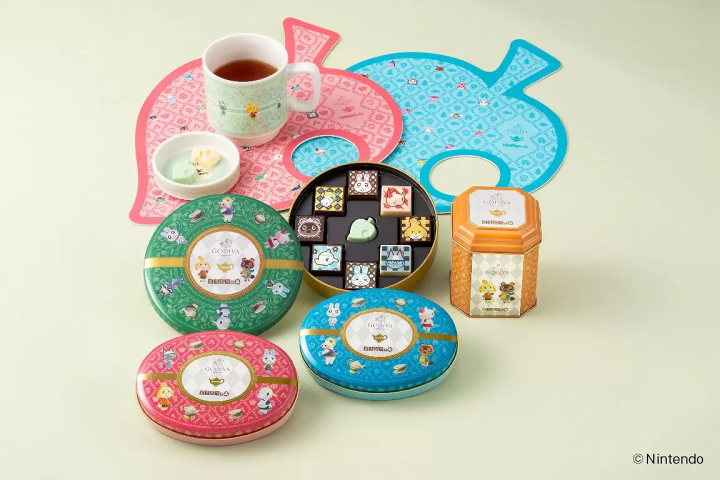

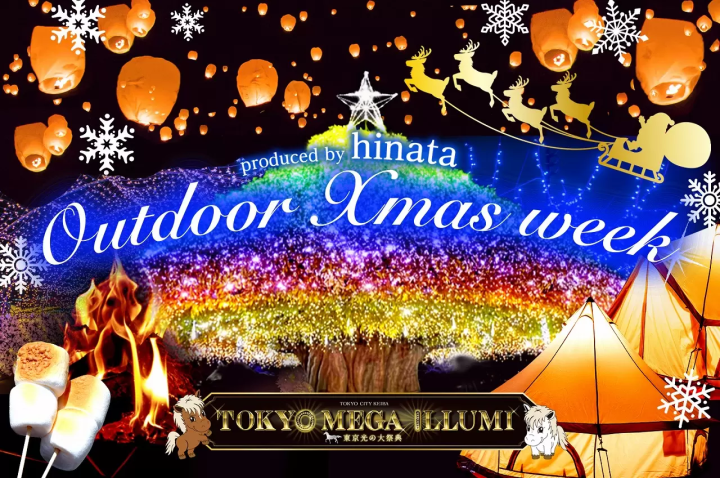
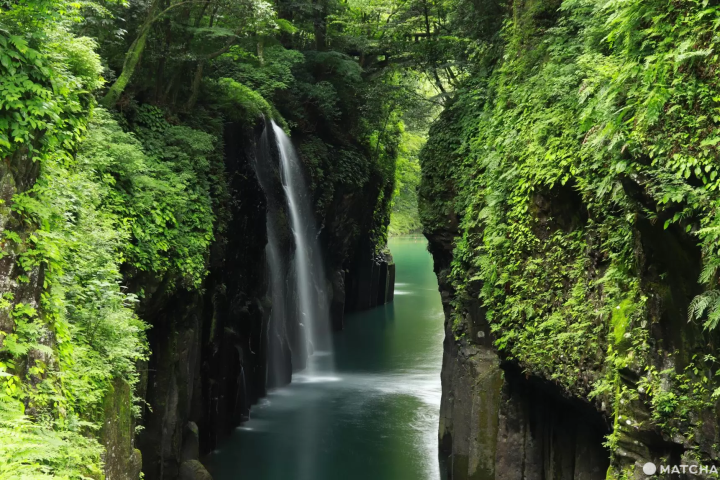




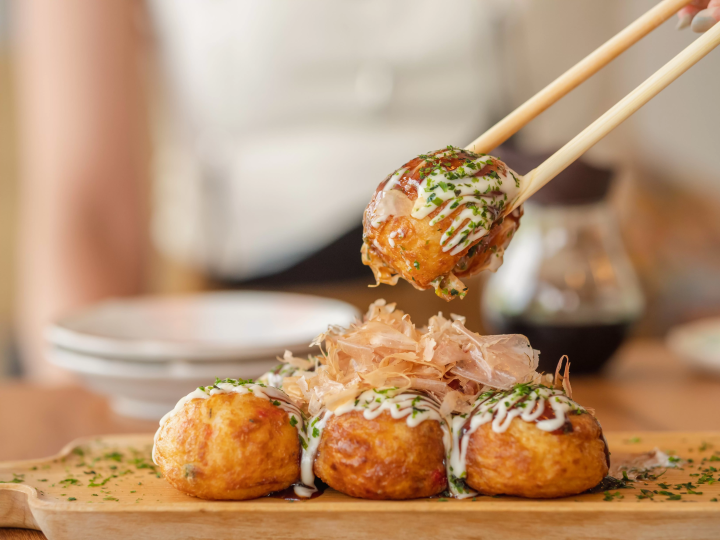
![[2026 Edition] FORMUAL 1 JAPANESE GRAND PRIX Information](https://resources.matcha-jp.com/resize/720x2000/2025/10/05-245984.webp)


![[2025 Update] Namba's spectacular illuminations! "Namba Hikari Tabi" with approximately 1 million shining lights](https://resources.matcha-jp.com/resize/720x2000/2025/12/12-252825.webp)